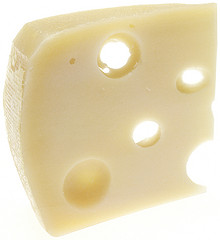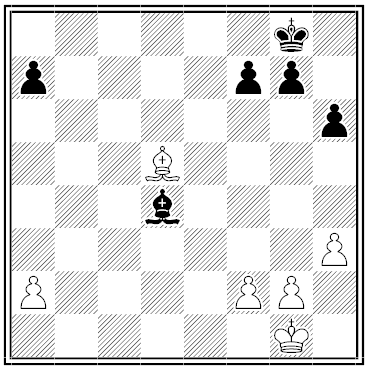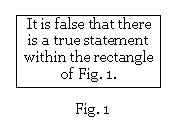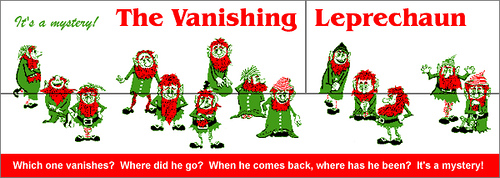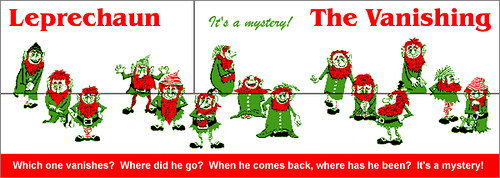I’ll prove the word that I have made my theme
Is that that may be doubled without blame,
And that that that thus trebled I may use
And that that that that critics may abuse
May be correct. Yet more–the dons to bother–
Five thats may closely follow one another:
For well ’tis known that we may safely write
That that that that that man writ was right.
Nay, e’en that that that that that that followed
Through six repeats the grammar’s rule has hallowed,
And that that that (that that that that began)
Repeated seven times is right! Deny’t who can.
— Anonymous


